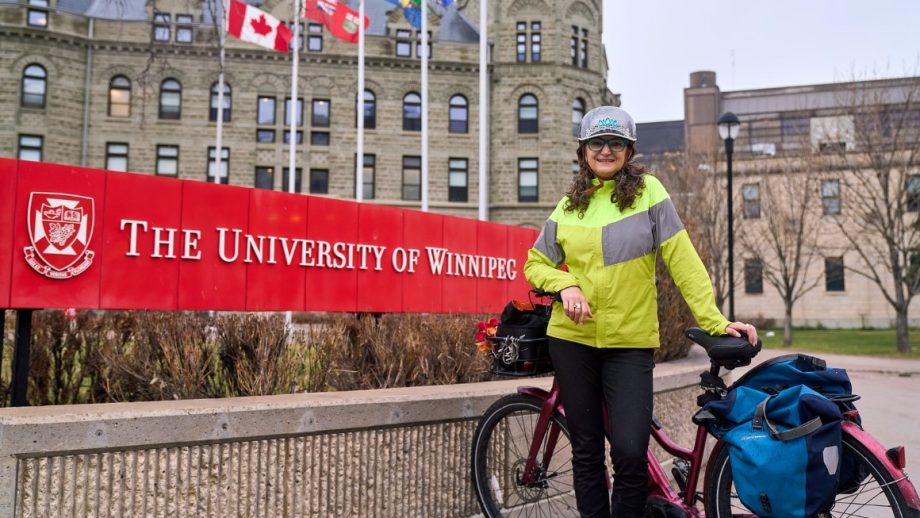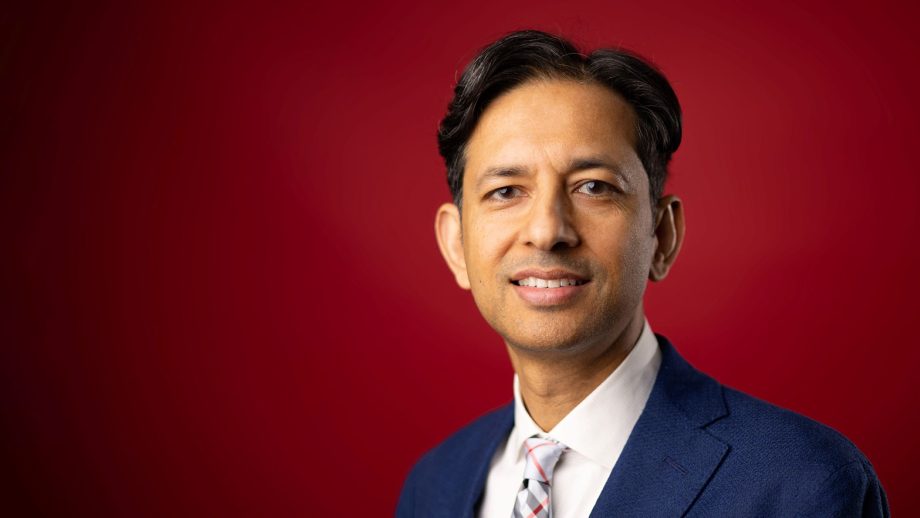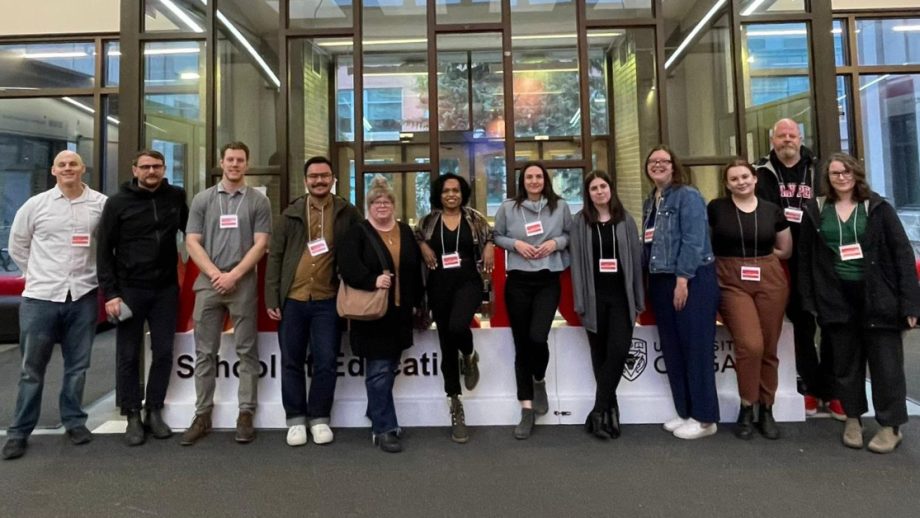WINNIPEG, MB – The University of Winnipeg is launching the Arctic Gateway Initiative (AGI) to serve as a hub for research and knowledge exchange for critical elements of developing Canada’s Arctic Gateway.
Led by UWinnipeg’s Richardson College for the Environment, the Initiative will focus on themes of trade and transportation corridors, northern and Indigenous peoples, and sustainable communities. It will base its work on the recommendations of the Arctic Gateway Summit, held last November 2010 at The University of Winnipeg. That three-day event attracted participation from throughout Manitoba and Nunavut, across Canada and around the world including Arctic and northern regions from various backgrounds.
“The Arctic Gateway Initiative will focus on trade corridors in the North with active Indigenous and community participation to ensure sustainable development of one of Canada’s most valuable regions,” said UWinnipeg’s President and Vice-Chancellor Lloyd Axworthy. “Through academic research and active public consultation and participation, this Initiative will explore emerging opportunities in the North in the areas of economic, social and sustainable development to assist in building a vibrant Arctic Region as a trading portal and economic development zone.”
“The AGI will host a secretariat and knowledge portal, a ‘Think Action Tank’, to connect researchers, business leaders, governments, academic institutions and Arctic communities across Canada and around the world,” explains Danny Blair, UWinnipeg’s Acting Principal, Richardson College for the Environment. “With its multidisciplinary, team-oriented approach the Richardson College is an excellent place for this important work to be conducted with particular attention to climate change, which is occurring more rapidly in the Arctic than anywhere else in the world.”
The Initiative will consider creating a task force to determine how the Arctic Gateway can be developed through establishing of a permanent organization, targeted infrastructure investments, and developing tools to help build successful gateway communities for Arctic peoples. The first phase of its work will be to consult and engage a range of partners including governments, private sector partners, Indigenous peoples, northern communities, as well as interested faculty and students.




